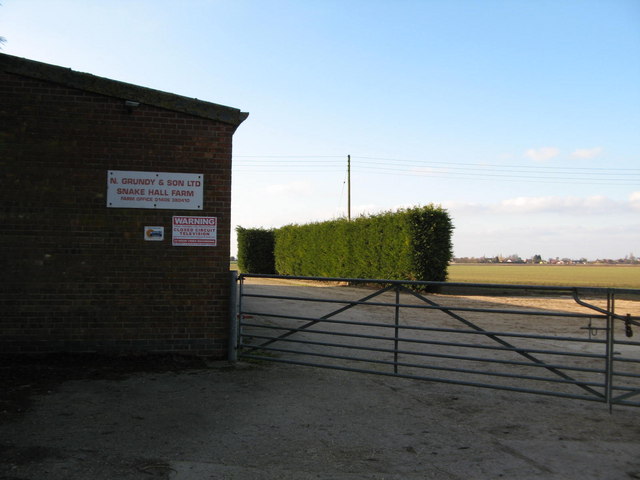

The presence of shed skin usually indicates that a snake has been living in the house for some time. Note: Some snakes may hibernate in cellars or crawl spaces of older houses. They can become trapped inside and may die from lack of food or moisture if not captured and removed. Snakes in houses may be there either accidentally (for instance, washed in by flood waters) or purposely to find prey or shelter. And keeping snakes out of yards or gardens may be completely impractical. Exclusion (preventing entry or re-entry)Įxcluding snakes from buildings can be as difficult as excluding rodents. Many states have herpetological associations and university extension specialists may be good sources of information or able to network with others who are. Your local animal control agency is the best place to start looking for someone knowledgeable about snakes who can give advice about the best course of action when a snake must be removed.

Moving snakes into unfamiliar territory may compromise their chances to survive. What happens after that may be problematic, since most poisonous snakes have well defined ranges in which resources, such as winter dens (hibernacula), are critical to their survival. In many places, you can call animal-control or local police or fire departments to remove the snake. Note: This does not mean the snake has to be killed. The snake should be removed to ensure that no one, including pets, gets hurt. If you encounter a venomous snake in your yard, take it seriously.

Some of the larger species may cause problems around poultry houses, occasionally taking chicks or eggs, but-except for the venomous species- snakes are not a threat to humans or their pets. Snakes cause few problems, and the few they do are relatively benign. Many species are either already gone or are rapidly disappearing from city and suburb, lowering the number of human-snake conflicts, but depriving those who delight in encountering them that pleasure. Isolated when their natural land is broken up by development, they can’t easily move across the unfriendly terrain. Snakes suffer greatly from changes in their habitat. Snakes instill a deep-rooted fear in many people that few other animals can match.Įven other animals seem to put them in a special category many wild animals recognize snakes as threatening, and some birds and monkeys even have special vocalizations for sounding an alarm when a snake is seen.īut there’s no justification for the persecution of these animals and the acts of violence often committed when even the most harmless of them is sighted.


 0 kommentar(er)
0 kommentar(er)
